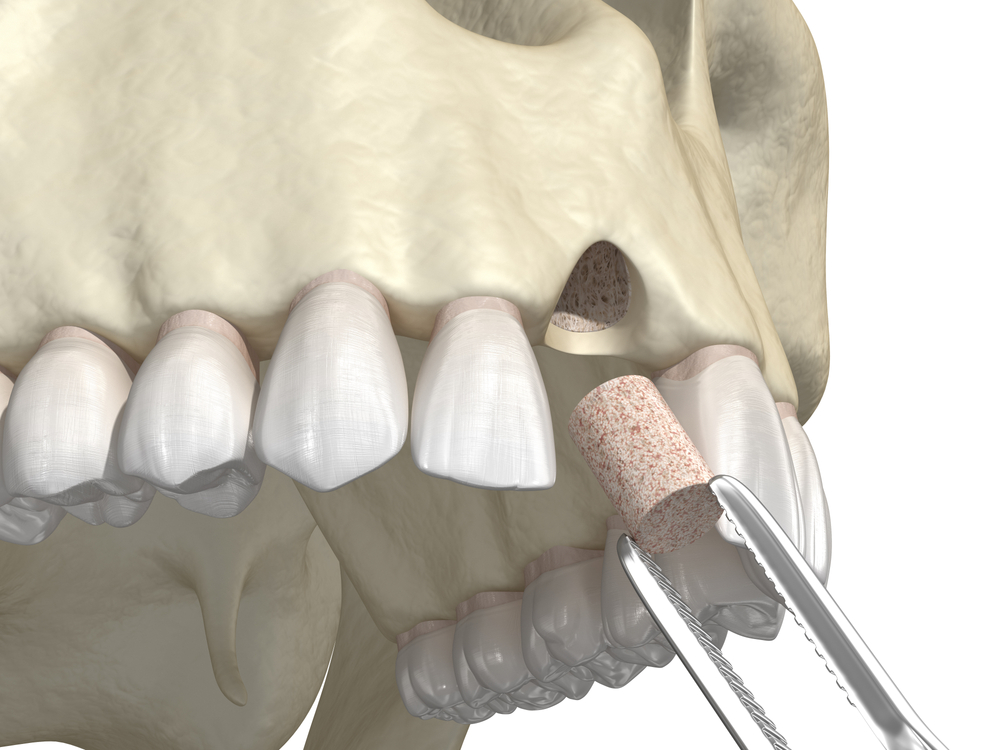The Dental Implant Process in Turlock, CA
Learn the steps behind getting dental implants at Eggleston Dental Care.

When you choose dental implants to restore missing teeth, you’re investing in both your oral health and quality of life. Dental implants are the gold standard for tooth replacement, offering a permanent solution that looks, feels, and functions just like natural teeth. Our comprehensive dental implant process ensures optimal results through careful planning, precise execution, and attentive follow-up care.
Learn more about the dental implant procedure at Eggleston Dental Care, your Stanislaus County dental practice. Schedule a consultation with Turlock implant dentist, Dr. Jim Eggleston, by dialing 209-226-4963 if you’re a new patient or 209-634-5871 if you’re current.

The implant process involves several carefully planned stages, including initial consultation, preparatory procedures if needed, surgical dental implant placement, healing period, and final restoration. Dr. Eggleston and our professional team will guide you through each phase of the dental implant procedure, ensuring your comfort and understanding every step of the way.
Your journey begins with an in-depth consultation with Dr. Eggleston, where a detailed oral examination will be conducted to assess your overall oral health. This includes taking 3D imaging and digital X-rays to evaluate your bone structure, reviewing your full medical history and dental history, and discussing your lifestyle factors and smile goals. Dr. Eggleston will also evaluate your jaw bone density and gum health, which are crucial for determining the best treatment options for you.
Based on this thorough evaluation, Dr. Eggleston will present personalized dental implant treatment options tailored to your specific needs. Throughout the dental implant consultation, you will have the opportunity to ask questions and address any concerns. After discussing the proposed treatment plan, including timeline expectations, costs, and financing options, you will feel fully informed and comfortable moving forward with your dental care.
The surgical placement of the dental implant fixture is a crucial step in the dental implant process. It begins with the administration of appropriate local anesthesia and oral sedation if needed, to ensure your comfort throughout the procedure. Dr. Eggleston, your oral surgeon, then carefully prepares the surgical site, making a small incision in the gum tissue to expose the underlying bone.
Using advanced surgical guides, the surgeon precisely positions the titanium dental implant fixture into your jawbone. This fixture serves as an artificial tooth root, providing a stable foundation for your new tooth. After placement, a healing cap or temporary restoration may be attached to protect the implant site. The surgeon will provide detailed post-operative instructions to ensure proper healing and care during the recovery period.
The healing period following dental implant surgery is crucial for long-term success. Initial healing occurs within the first seven to ten days, but osseointegration, the biological process where your jawbone grows around and bonds with the dental implant fixture, continues for three to six months. During this time, regular check-ups are conducted to monitor your progress, and a temporary restoration may be placed to allow normal function while the implant integrates.
Osseointegration involves several stages, beginning with hemostasis within minutes of dental implant placement, followed by inflammation, proliferation, and remodeling. This process creates a permanent anchor for your new tooth, providing the stability needed for normal biting and chewing functions. Throughout this period, the gum tissue gradually shapes around the dental implant, contributing to both function and aesthetics.

Once osseointegration is complete, the final phase of your dental implant treatment begins. This process starts with taking digital impressions of your mouth to ensure precise measurements for your custom restoration. A custom abutment is then created and attached to the dental implant, serving as a connector between the dental implant and the final restoration, most likely a crown. The permanent crown, crafted from high-grade porcelain, is carefully designed and color-matched to blend seamlessly with your natural teeth.
Before finalizing the dental implant restoration, Dr. Eggleston meticulously checks and adjusts your bite to ensure optimal function. Any necessary final polishing and adjustments are made to perfect the appearance and fit of your new tooth. The result is a permanent crown that is not only functional but also aesthetically pleasing, using premium materials and advanced technology to create a restoration that is indistinguishable from your natural teeth.
Some patients may require additional procedures to enhance the success of their dental implants. These supplemental procedures include:

Maintaining your dental implant is straightforward but essential for ensuring its longevity and health. Here are the key practices to follow:
Most patients experience mild to moderate swelling and discomfort for the first three to five days following dental implant surgery, which can be managed effectively with prescribed medications. You’ll be able to return to work within one to two days, though we recommend avoiding strenuous activity for about a week. Our team provides detailed post-operative instructions and remains available 24/7 for any concerns during your recovery.

At Eggleston Dental Care, we’re committed to providing exceptional implant dentistry services to our community. Our team combines extensive experience with the latest technology to ensure optimal results for every patient.
Contact Eggleston Dental Care by dialing (209) 226-4963 if you’re a new patient or 209-634-5871 if you’re current, and schedule your complimentary consultation at our Turlock office. You can also fill out and submit the contact form below. We proudly serve patients from Turlock, CA, and the surrounding communities such as Keyes, Denair, and Hatch. Dr. Eggleston and our entire team look forward to helping you achieve the beautiful, functional smile you deserve.